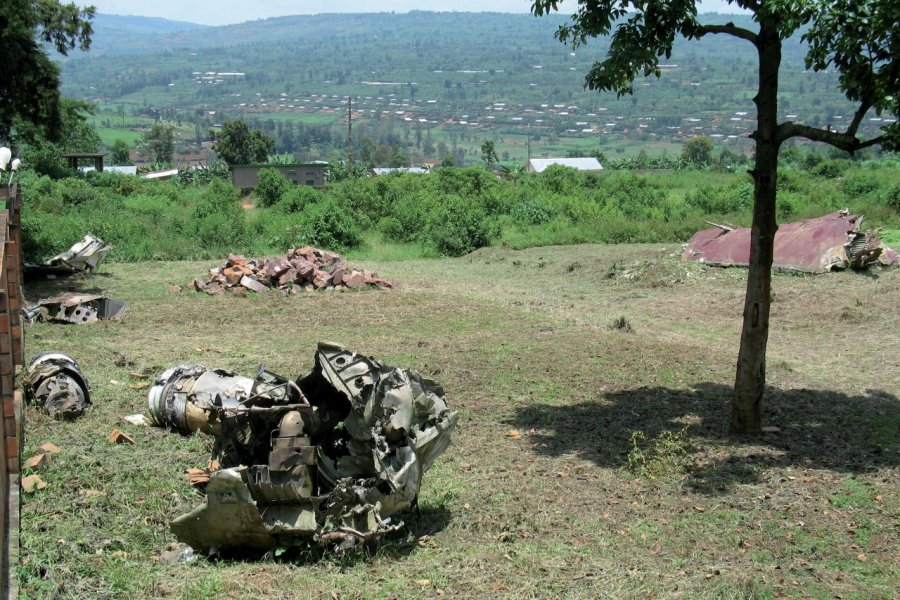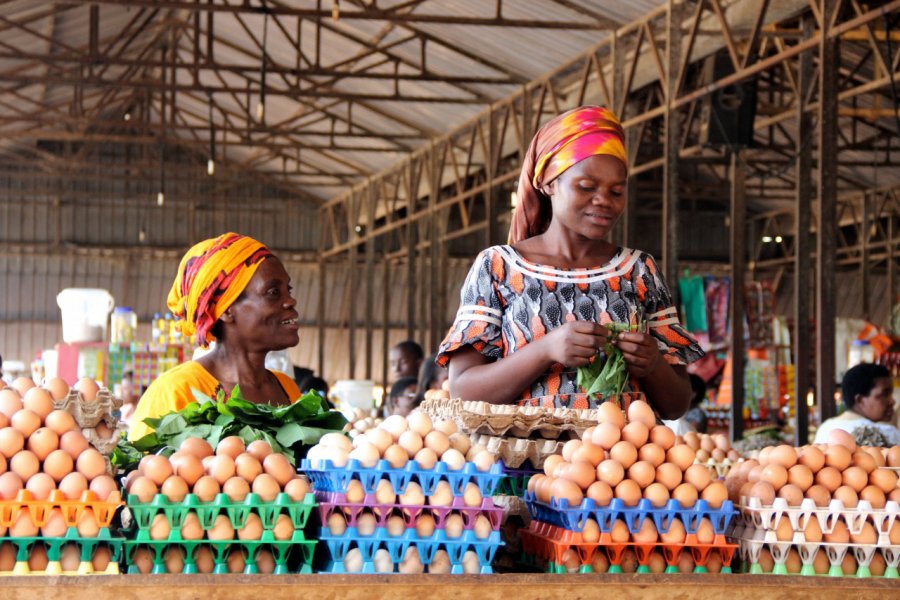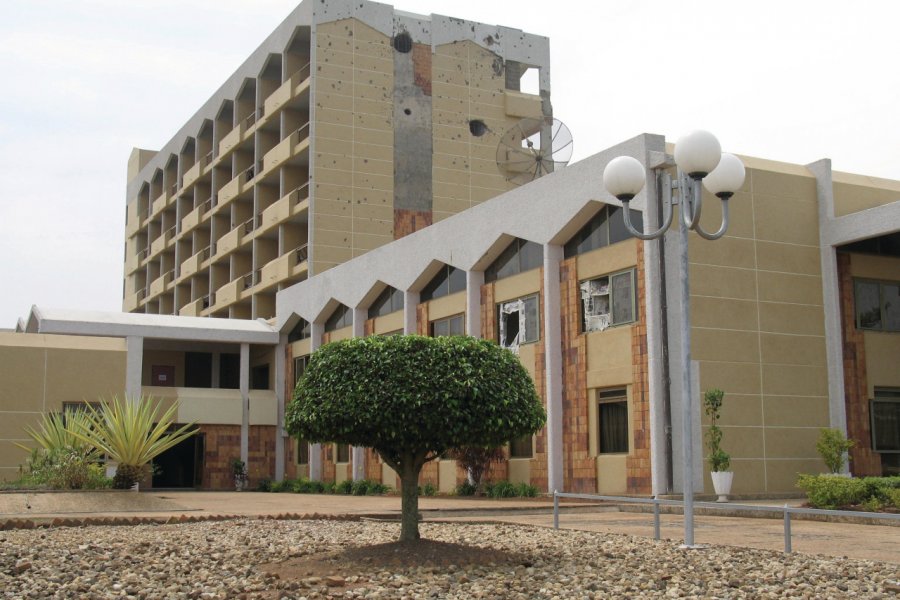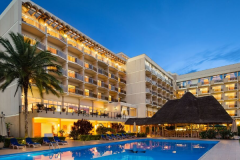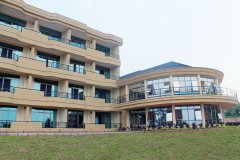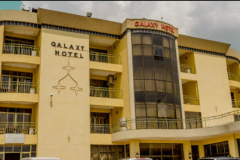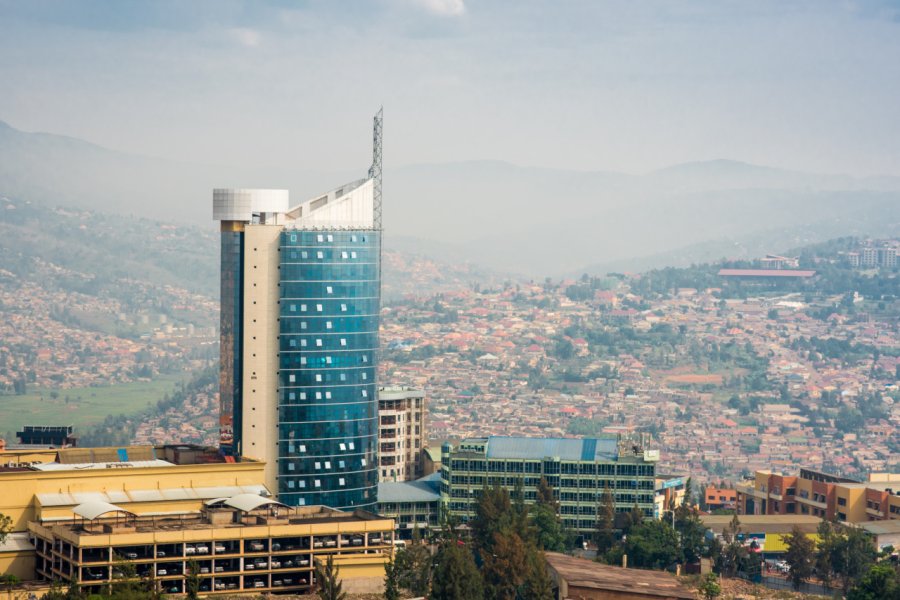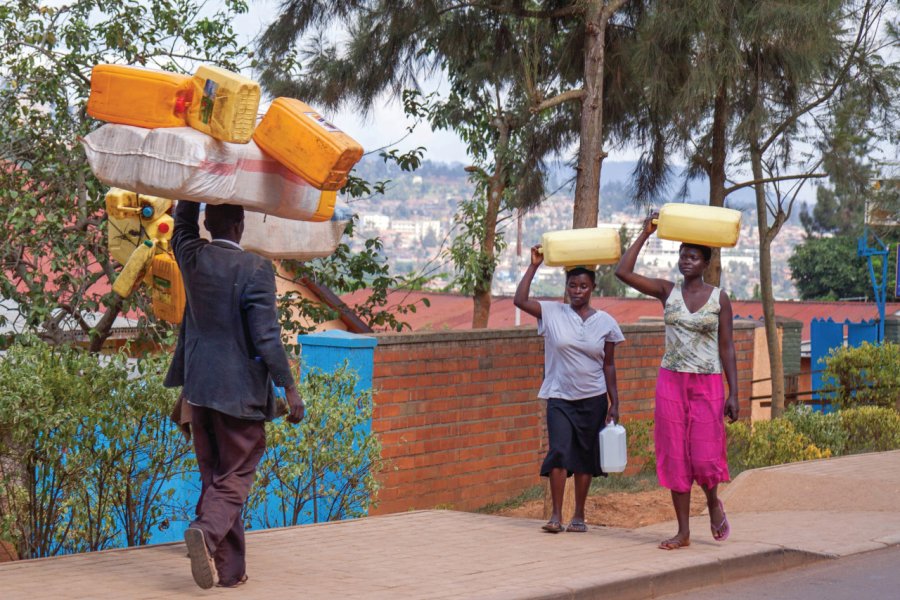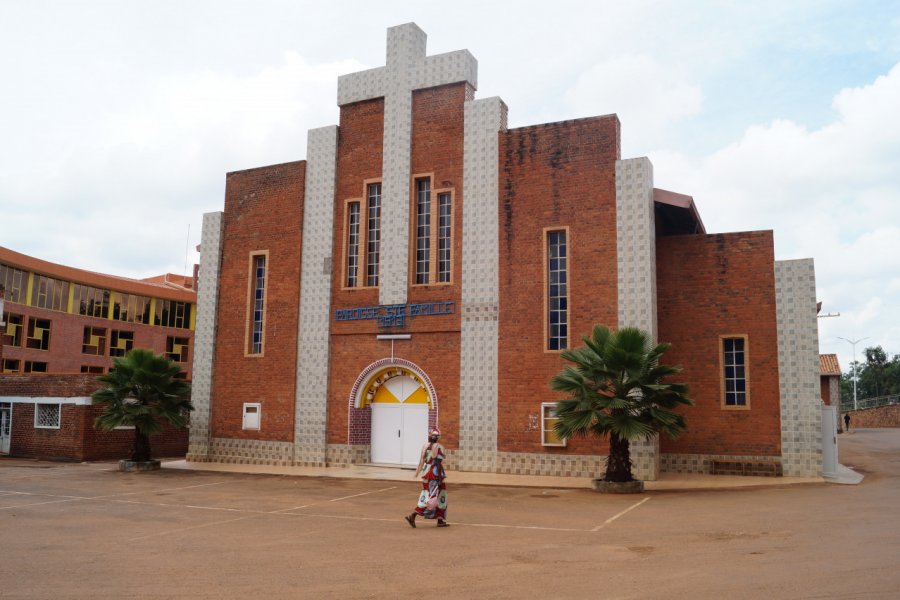Travel Guide Kigali
Find an accommodation
Advertising
Built between three mountains, Kigali is located at 1,545 m above sea level and covers several hills: Kiyovu, Kacyiru, Kimihurura, Nyarutarama, Remera, Kanombe, Gikondo, Kicukiro. The capital is now centenary. Founded by German Richard Kandt, it was still inhabited by 6,000 inhabitants in 1960. It was at that time a «miserable bourgade», as written in his ret Ebène, the famous journalist Richard Kapuscinski who could not even find any hotel, «perhaps because there were none». Today, the Kigalis are over a million, not counting the thousands of people who come to work there today. Restaurants open daily, and hotel rooms are innumerable.This means that the city has changed profoundly, its limits have even been extended (it has three districts), to the extent that few recognize it after a few years of absence. In the 1980 s, it was still a city with a provincial look, little ostentatious, where tall buildings were rare, a city folded on itself like all Rwanda at that time. Then came the genocide. Whole neighborhoods have been destroyed. Today, not only has the city been built and renovated, but it has become very dynamic. The capital, which concentrates the headquarters of politics, trade, ngos, benefits as much from international manna as from the dynamism of Rwandan businessmen and traders, but also Ugandan, Indian, Chinese, Kenyan, South African…Masterplan 2040. Today Kigali wants to look like a real city, and even more: extended and clean avenues, retro-reflectors, new signaling lights with counting, new new buildings, giant ads… A glance at Kigali's «Masterplan 2040» (searchable on YouTube), launched in 2013, will give a vivid idea of the authorities' ambitions: lakes, green areas with games plains, large towers, bus networks, parks, shopping malls. Will they have the means to achieve their ambitions? In any case, the urban landscape is changing considerably. The Convention Center has finally been released, the Kigali City Tower and the Pension Plaza are now operational, even though they are struggling to find tenants. New neighborhoods grow here and there, with identical houses aligned along paths drawn to the cork. Side by side, Kigali has become an expensive city, and indeed unaffordable for ordinary Wandans. Many people have been expropriated from their rudimentary homes, and have been relocated far from the city center, with all the costs that this entails in terms of transport. " People are not being hunted, but they are being forced to comply with new urbanization plans, "says an official. As a result, the contrast is increasingly striking with the campaigns that lag behind. In the city itself, wealth differences are evident between neighborhoods such as Kacyiru, Kibagabaga, or Nyarutarama and their coziness villas, and Gicondo or the popular Nyamirambo district.But will the city center remain the center? A new airport is under construction near Nyamata, 40 km south, which would move the city's center of gravity. As for the US, they closed their diplomatic buildings in the city center to settle in a new embassy, at the end of the Umuganda boulevard, whose area is inversely proportional to the size of Rwanda. Nyamirambo could also undergo a deep lift. From here to say that the capital will soon look like Singapore, there is room for maneuver, but that is the aim of President Kagame and his team.It's Moto-taxis. In the streets, traffic is quiet, but at peak times it turns idle on some arteries. The African Union summit held in Kigali from March 17-21, 2018, however, succeeded in paralyzing the city during official convoys, creating huge traffic jams. Which is rare in normal times and exceptional for a capital of Africa. Many "breakers" (slowers), not always visible, have reduced speed. In the city center, where there were only twenty retail stores, held by Indians and Arabs, it is now an uninterrupted succession of shops. It is for the wholesale trade in the adjacent area called «Mateus», because this is where the importer of the famous Portuguese wine was. The Athenée district brings together all foreign exchange agents. Outside the center, the arteries are generally broad paved avenues, but as soon as you get away from it, you quickly fall on the lanes (red land) cried with nesting nests. No bikes or mobylands, but all terrain to fison, and almost 20,000 motorcycles. It is the most popular means of transport in the capital. Their pilots all have a bib and a green helmet (with a number) and another (not always a rose freshness) for the passenger. New: An application called safemotos allows you to order a properly controlled motorcycle-cab, both the machine and the driver. This «Uber of motorcycles taxis» is a radical slogan: Don't get killed today!The pedestrian encouraged. In Africa, pedestrians are never king, but Kigali stands out positively. The first days without cars were launched in order to encourage citizens to exercise physical exercise! Although much remains to be done, many sidewalks have been installed, along with pedestrian crossings protected by slowers. The devices that spun a black smoke become rare, and vehicles are now being ordered to pass technical control, so much better! The police are dressed impeccable, with their berret and their yellow fluorescent jacket. They cross the street kids, stop minibuses to control insurance and paper, are omnipresent. The belt is mandatory, and the police watch. Salt fines, attention!On weekends, like everywhere, the city is strangely calm. On a Saturday a month, people between the ages of 18 and 65 engage in community work called umuganda. On Sunday, churches are full, from Saint Michel Cathedral to the multiple Protestant cults. The big hotels see the young married and their suite come to front in front of the swimming pool or trees in bloom. With luck, you can even cross the president who comes to the Kigali Serena. Rwanda is a country that likes simplicity… As for some bars, they do not disappoint when they offer English matches.
What to visit Kigali?
Advertising
Suggested addresses Kigali
x 48
The best restaurants
x 77
The best hotels
x 21
The best visits
x 52
Travel agencies
x 88
The best transportation
x 33
The best outings
x 12
Sport and leisure activities
x 9
The best treats
x 3
The best care
x 22
The best stores
x 8
The best home-deco
x 23
The best services
x 2
The best events
x 54
The good plans
Weather at the moment
Advertising
Organize your trip with our partners Kigali
Transportation
Book your plane tickets
Car Rental
Boat rental
Accommodation & stays
Find a hotel
Holiday rental
Find your campsite
Tailor-made trip
Immersion travel
Services / On site
Activities & visits
Find a doctor

